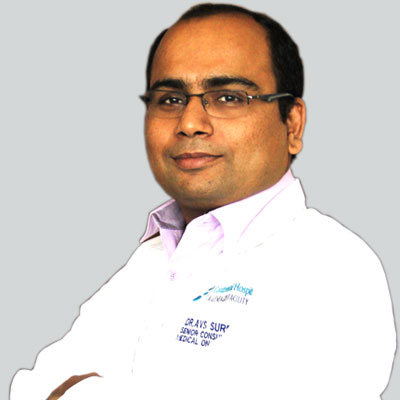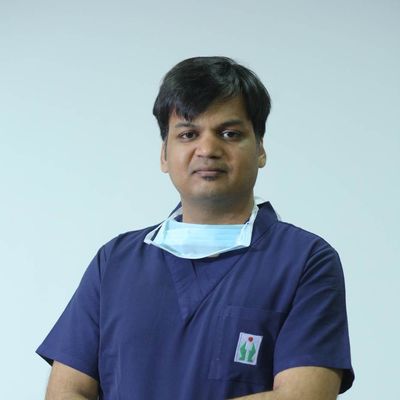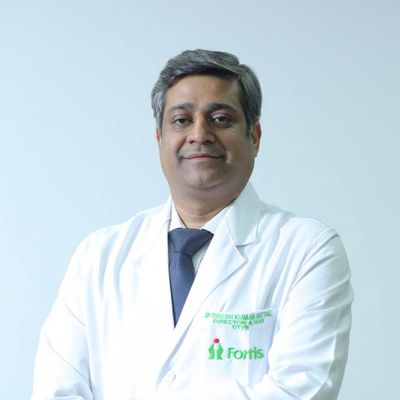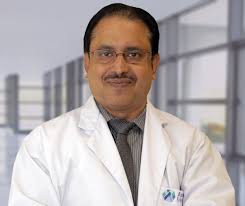Not All Ventricular Septal Defect (VSD) Are Dangerous: 5 Lesser Known Facts
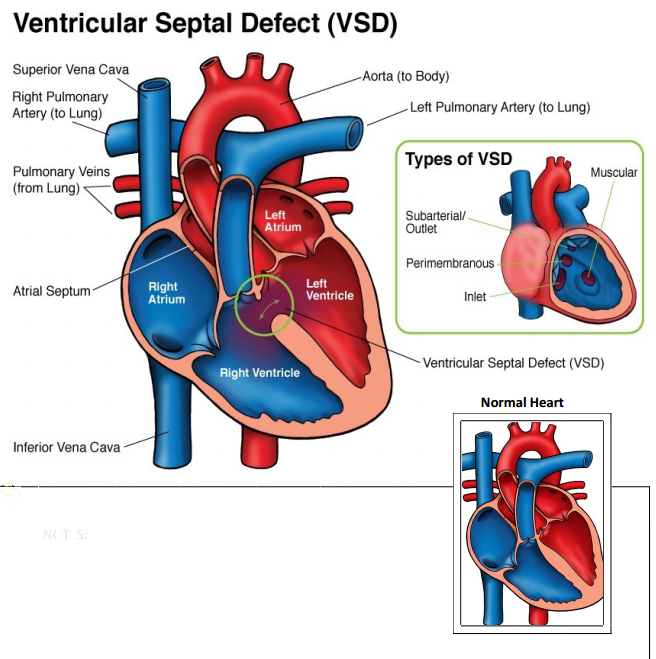
A ventricular septal defect is characterized by the presence of a hole in the partition between the lower two chambers of the heart known as ventricles. It is a common congenital condition that is present in infants at the time of birth.
A ventricular septal defect (VSD) closure surgery is commonly performed to close the hole in the septum. However, this surgery is preferred only when the size of the hole is large and cannot be managed with the help of catheterization or medications.
During VSD closure, the cardiac surgeon closes the hole with a patch, which can either be synthetic or derived from a patient’s pericardium. The success rates of VSD closure is extremely high and only a handful of patients experience rare complications such as heart block and excessive bleeding.
But both these side effects can be effectively managed with the help of pacemaker implantation and blood transfusion. Patients are typically discharged within three to five days of the surgery and live a completely normal life again.
Contrary to popular belief, not all VSDs are dangerous and require a surgical intervention. Adults with VSDs and family members of children with this congenital disorder must know certain facts about this condition to be able to better participate in the decision-making process.
Here are some of the lesser known facts about VSDs and their associated treatment approach:
Some patients with VSD live normally
Not all VSD patients experience any unusual symptoms, some of them live normally like a healthy individual. This is typically noticed in the case of patients with a hole measuring less than 2 mm. Patients with a hole measuring greater than 2 mm may experience certain symptoms, including breathlessness, irregular heartbeat, and excessive sweating.
Not all patients need treatment
Even if asymptomatic patients are diagnosed with VSD, they may not need treatment at all. Treatment through medications, catheterization, or VSD closure surgery is only required in the case of patients with a certain set of symptoms. Asymptomatic patients with VSD may only need to regularly visit a doctor for a routine check-up. During the visit, the doctor ensures that the VSD is not getting worse.
Untreated large VSD may cause blue skin
Large VSDs, if left untreated, may build up an excessive pressure in the lungs causing pulmonary hypertension. This condition may result in the reverse pumping of the blood. That is, impure or deoxygenated blood may flow from the right ventricle to the left ventricle and to the rest of the body. This may cause cyanosis, a condition characterized by a blue skin.
Patient prognosis is excellent
VSDs are completely treatable. The prognosis of a patient with VSD is great. Spontaneous closure of the VSD is common in patients with small to moderate holes. Clinical outcome associated with VSD closure is excellent, with almost zero surgical mortality rate.
There are identified VSD risk groups
Children born to parents with a family history of heart disease are more likely to have VSDs at the time of birth. In addition, children with heart defects and genetic conditions such as Edward’s syndrome and Down’s syndrome are at a greater risk of developing VSD.

